Blog Detail
Table of Contents
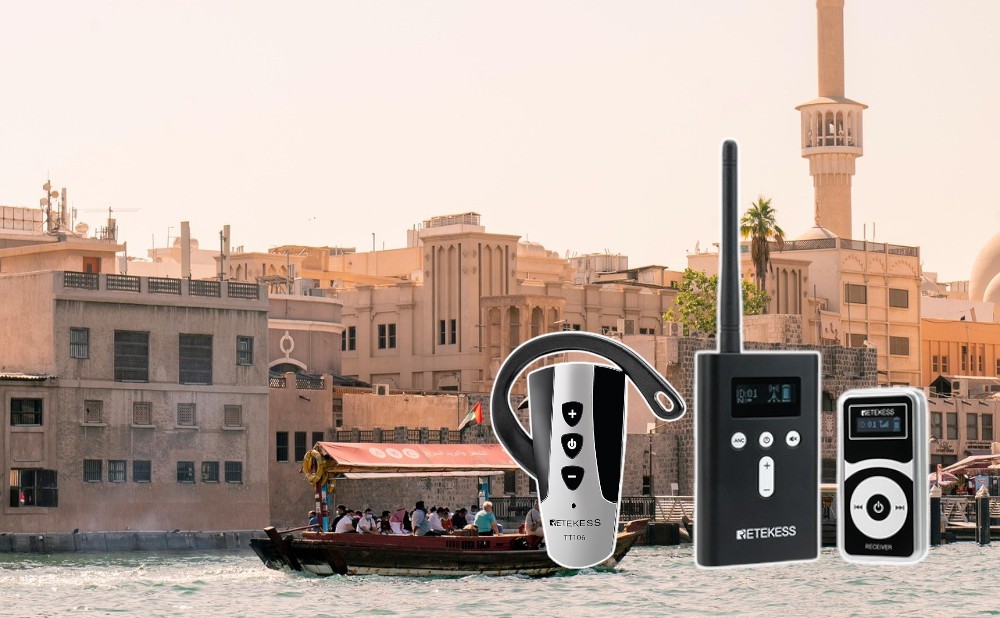
Key Factors to Consider When Purchasing a Tourtalk Tour Guide System Kit
- Sophia
- May 22, 2025
- 0 Comments
Whether you're operating a museum tour, leading a corporate event, or managing a multilingual tour group, the quality of your tourtalk tour guide system kit is crucial for delivering a smooth and engaging experience for your clients.
But with so many options availablein the market, how do you choose the right tourtalk tour guide system for your specific needs? In this blog, we’ll explore the key factors to consider when purchasing a Retekess Tourtalk Tour Guide System kit, helping you make an informed decision and ensure you get the most value for your investment.
What is the purpose of having a tour talk system tour guide system kit at your facility?
The main function of a tour guide system is to ensure clear and smooth communication between the guide and the participants, especially in noisy environments or large spaces. Modern tour guide systems typically consist of a transmitter, receiver, and headphones.
When considering a tour guide system for your facility, it’s important to think about your goals and how the system will be used. Are you looking to simply inform and educate participants, or do you need to actively engage with them? If your goal is to have a one-way communication(such as T130S, T130P, T130U, TT116) to provide information, then a one-way device may suffice. However, if you need to have interactive conversations or facilitate a more dynamic experience, a two-way communication system (TT126),will be more suitable. Or you need multiple speakers to speak to a group of people,then you can choose dual transmitters(TT106,TT127)or triple transmitters(TT129).
Type of Tour
The first question you need to ask yourself is: What type of tour or event are you organizing? The purpose of the tour will significantly affect the tour guide system you choose. Different systems are designed for different environments and types of events, so it's crucial to select the right one.
-
Outdoor Tours: If you're leading a tour in a busy outdoor environment like a city walking tour or a nature excursion, you'll need a system that provides long-range audio transmission and clear sound quality. A system with high signal range ensures that all participants, even those far from the guide, can hear instructions clearly.
-
Indoor Tours: For smaller, more intimate tours, such as in a museum or art gallery, the requirements may be different. You’ll need a system that provides excellent sound quality in confined spaces and is easy to manage for shorter durations.
-
Corporate Events: For events like conferences or business tours, you might need a system that can support a larger group of people and provide multilingual support or clear communication over long distances.
What are the conditions like where you conduct the tours?
When selecting a tour guide system, it's crucial to consider the specific conditions where your tours will primarily take place. The environment in which the system will be used plays a significant role in determining which features are essential for ensuring optimal performance and user comfort. By understanding the environment, you can identify whether additional features or considerations are needed to make the system work best for both the guide and the participants.
1. Noisy, Industrial, or Challenging Environments
If your tours are conducted in loud, industrial, or outdoor environments, such as construction sites, factories, or large machinery areas, communication can be significantly more difficult. In these settings, external noise can easily overwhelm a typical voice transmission. In such cases, you'll need a tour guide system that excels in filtering out background noise while ensuring clear audio transmission for all participants.
 You can refer to T130P
You can refer to T130P
2. Outdoor Tours in Windy or Open Spaces
Tours in open, outdoor environments like nature reserves, botanical gardens, or city walking tours may also present challenges, especially in terms of wind noise and the distance between the guide and participants. In these environments, the range and wind shielding of the microphone become essential features. Look for tour guide systems that offer windproof microphones or microphones with windscreens to reduce the impact of environmental noise. Additionally, ensure that the system has a long-range transmission, allowing participants to clearly hear the guide even when spread out over large distances.
 You can refer to T130P
You can refer to T130P
3. Quiet, Controlled Environments
On the other hand, if your tours are held in quiet, indoor environments, such as museums, art galleries, or classrooms, the communication challenges may not be as extreme. In these settings, a basic tour guide system with clear audio transmission will likely suffice. These environments typically don’t require additional features like noise-canceling microphones or long-range transmission. However, it's still important to ensure the system provides comfortable, adjustable headsets for participants and easy-to-use controls for the guide.
4. Multi-Group or Multilingual Tours
If your tours involve multiple groups or multilingual participants, consider a system with multiple channels or multi-language support. This allows the guide to switch between different languages or groups without interference, ensuring that everyone receives the appropriate information in a language they understand. This feature can be particularly beneficial for international visitors or larger groups.
5. Tour Duration and Frequency
Lastly, consider the duration and frequency of your tours. If the tours last several hours, you’ll need a system with long battery life and the ability to quickly recharge. Some systems come with multi-device charging stations that allow you to charge all of your devices overnight, ensuring that your equipment is ready to go for the next day’s tour.
What is your budget for a tour guide system?
When considering a tour guide system, it's essential to have a clear understanding of your budget. The price of a tour guide system can vary greatly depending on several factors such as the features, brand, and capacity of the system.
To determine your budget for a tour guide system, assess your specific needs, including the size of the group, the environment, and the features required. Make sure to balance your desired features with your budget constraints. For example, if you frequently conduct outdoor tours, investing in a durable, long-range system may be a priority, while for occasional indoor use, a more basic system could suffice.
By understanding the key factors that influence the cost, you can ensure you’re selecting a tour guide system that provides the best value for your needs and budget.
The effect of using the tour guide system product
Battery Life and Charging Options
When leading a full-day tour or hosting a long corporate event, battery life becomes a crucial consideration.Look for a system with long-lasting batteries that can support your tour’s duration without interruption. Retekess tour talk tour guide systems typically offer systems with 12–25 hours of continuous use, which is more than sufficient for most tours or events.
Range and Audio Clarity
The primary function of a tour guide system is to ensure clear communication between the guide and the participants. The audio quality and range of the system will be vital, especially in noisy environments or when guiding large groups.
Some models even feature noise-canceling microphones to reduce ambient sounds and ensure that participants only hear the guide's voice.
For range, if you're conducting a tour in a large outdoor area, ensure that the system has a long transmission range. Many Retekess tour talk tour guide systems kits have a range that spans from 50 meters to 200 meters, ensuring your group can hear the guide clearly even from a distance.
Ease of Use
The best tour guide system should be intuitive and easy to use. As a customer, you want a system that requires minimal training, allowing you to focus on leading the tour, not fiddling with technology.
Durability and Build Quality
Depending on your type of tours, durability is an important factor. Outdoor tours or events in rough conditions will require a more rugged system, while indoor environments might not put as much strain on the equipment.
Additional Features
Once you’ve covered the basics, consider any additional features that could improve your experience:
Multiple Channels: For tours with a multilingual audience, some Retekess tour talk tour guide systems offer multi-channel functionality, allowing guides to speak in different languages while the participants tune into their preferred channel.
Headset Comfort: As a customer, it’s essential to choose a system with comfortable, adjustable headsets that won’t cause discomfort over long periods. Look for systems that offer ear cushions or over-the-ear designs to enhance comfort.
Customizable Branding: If you’re using the system for corporate events or brand-centric tours, consider a tour talk tour guide systems system that allows for custom branding, so you can add your logo to the equipment for a more professional and branded look.
A Tour Guide System That Works for You
Selecting the right tour guide system can be a challenging decision, as the ideal solution depends on how the system will be used. Factors such as the environment, group size, and various other specific needs must all be considered.
Retekess tour guide system offers an excellent solution for tour guide systems across a wide range of settings. Our Retekess system has many portable, high-quality, and wireless tour guide system designed to transmit clear audio from the presenter directly to the participants.
Whether you are conducting industrial tours, leisure tours, museum visits, or any other type of guided experience, Retekess is designed to meet your needs. To learn more about how Retekess can enhance your tours, contact us now.

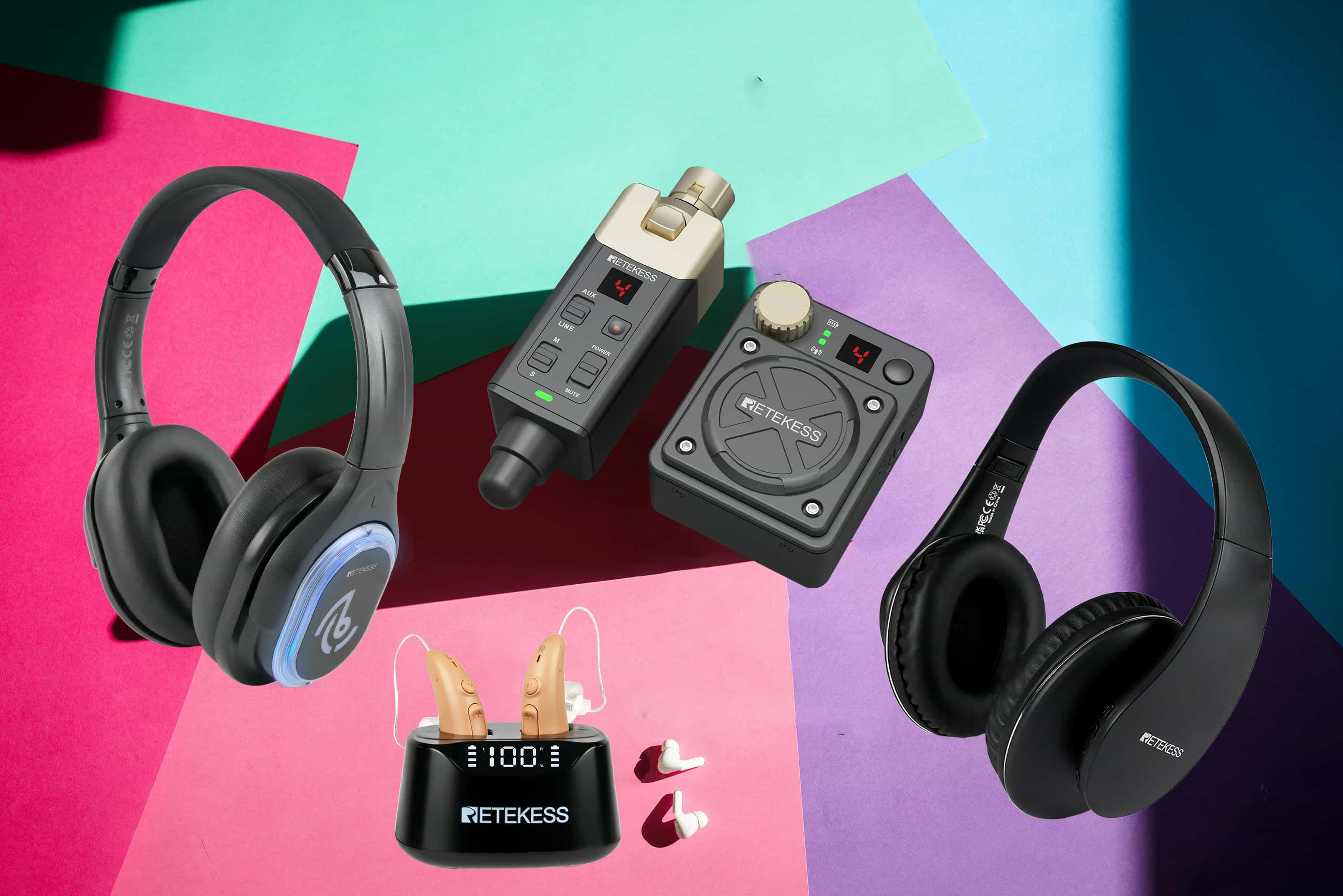
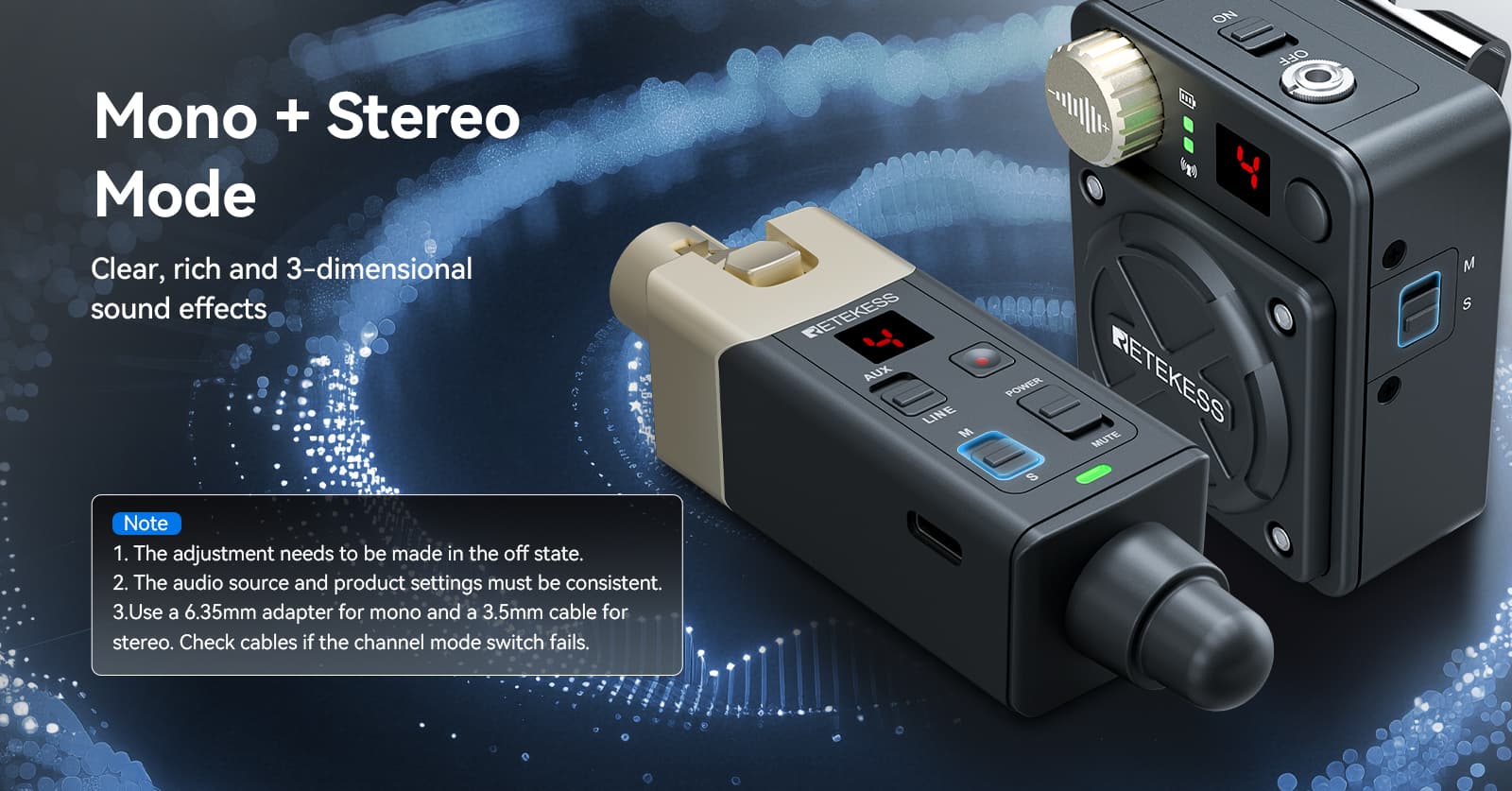

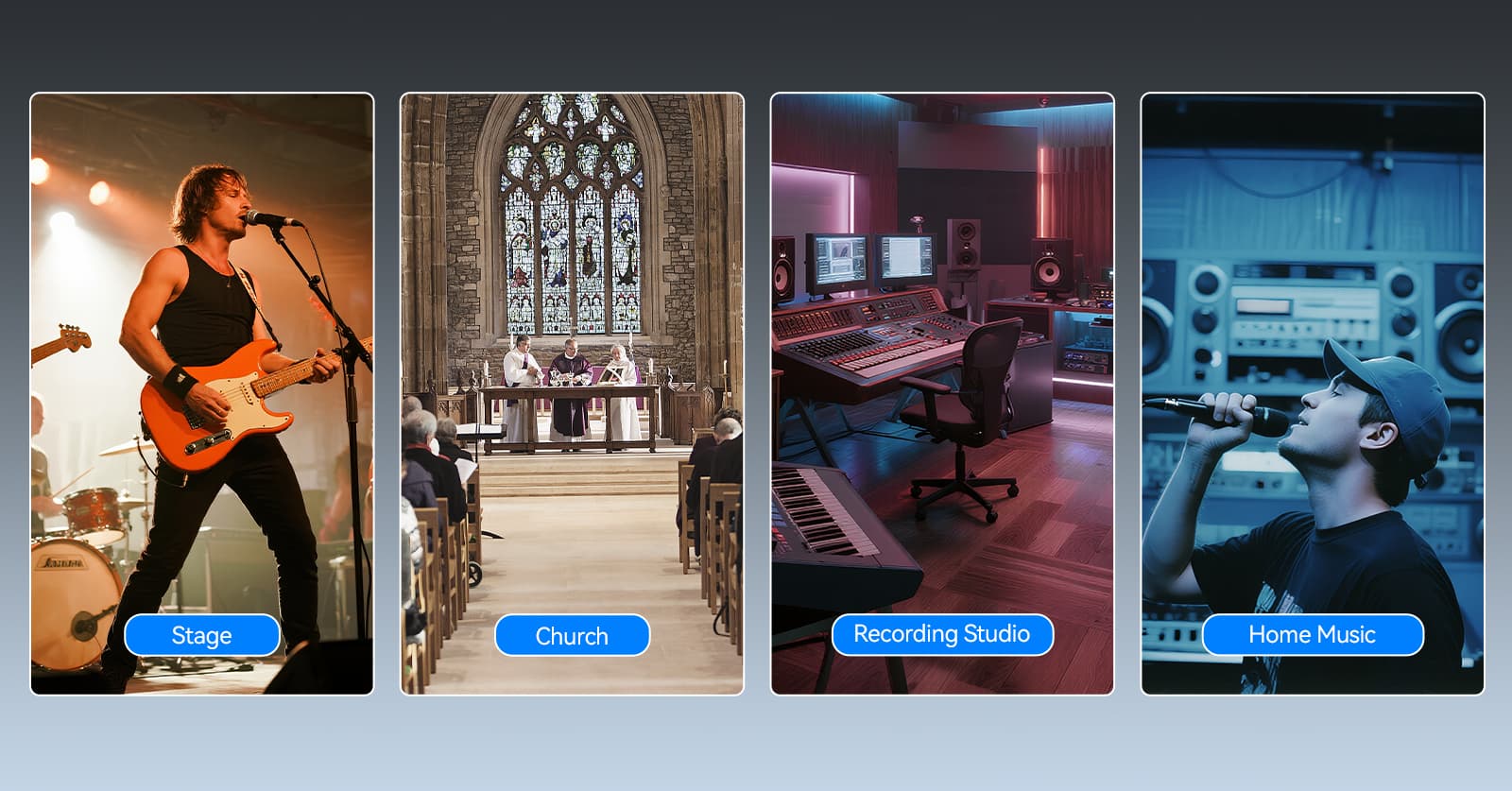
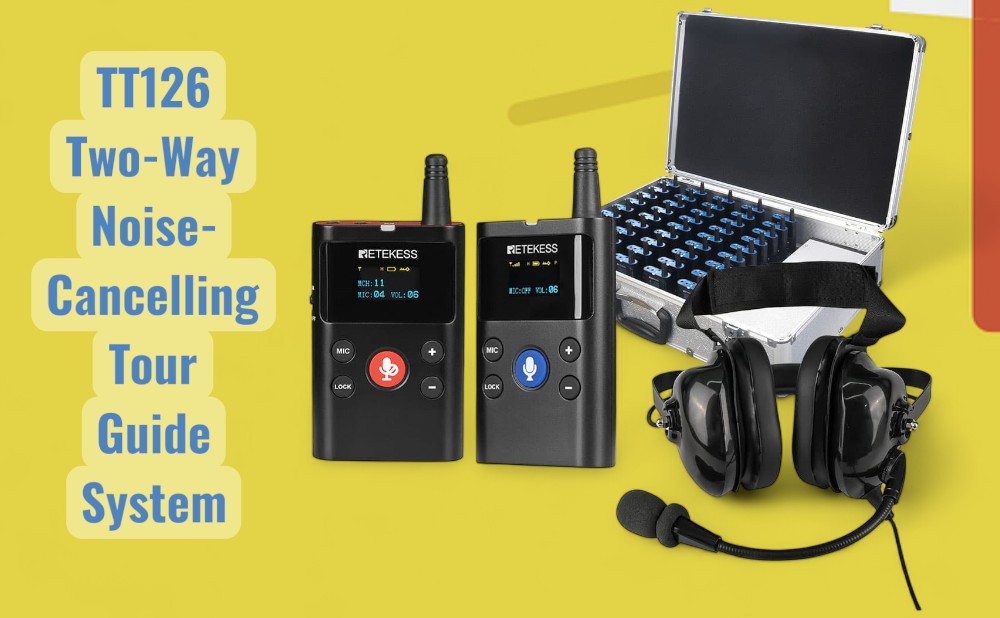
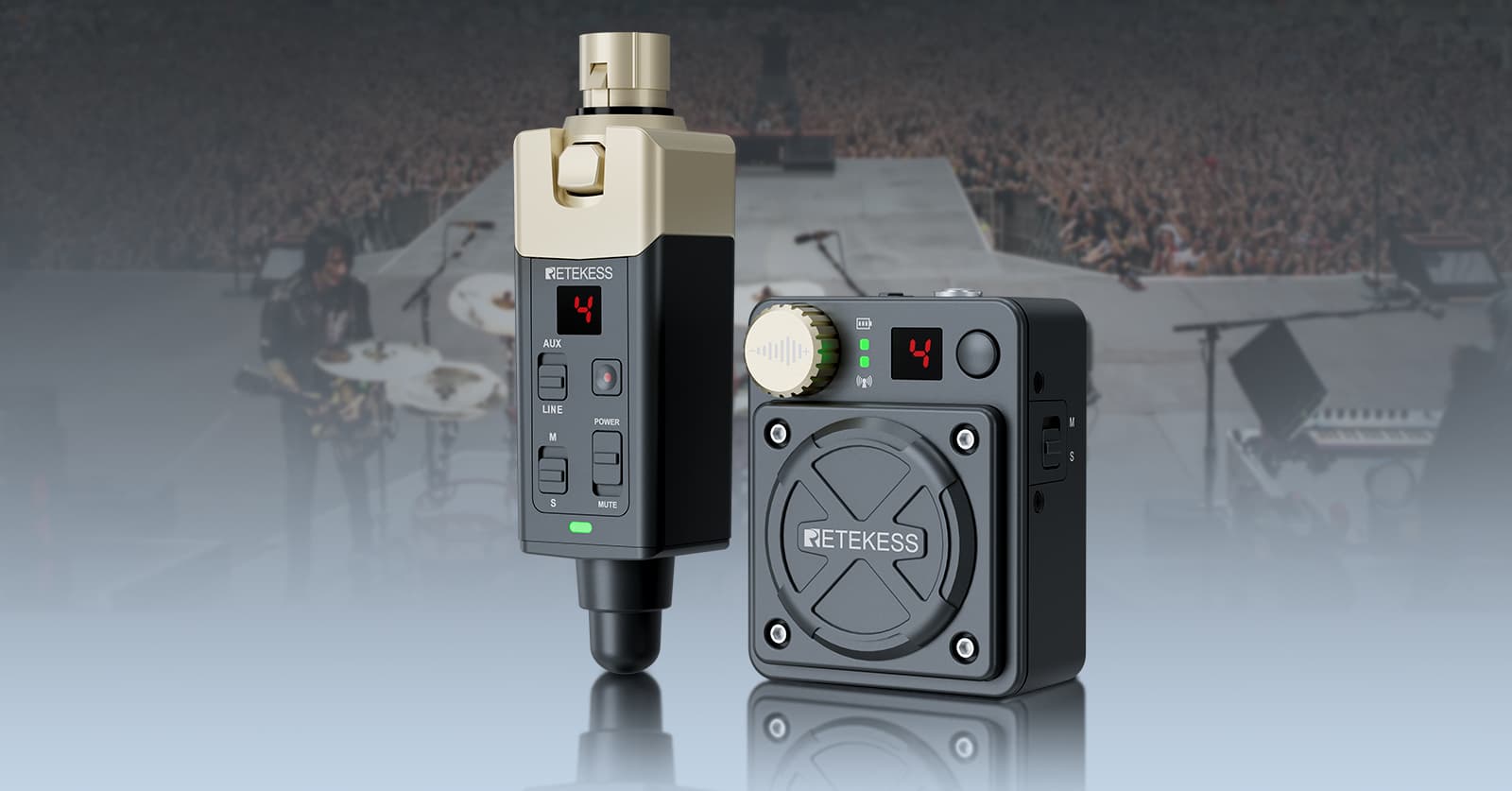

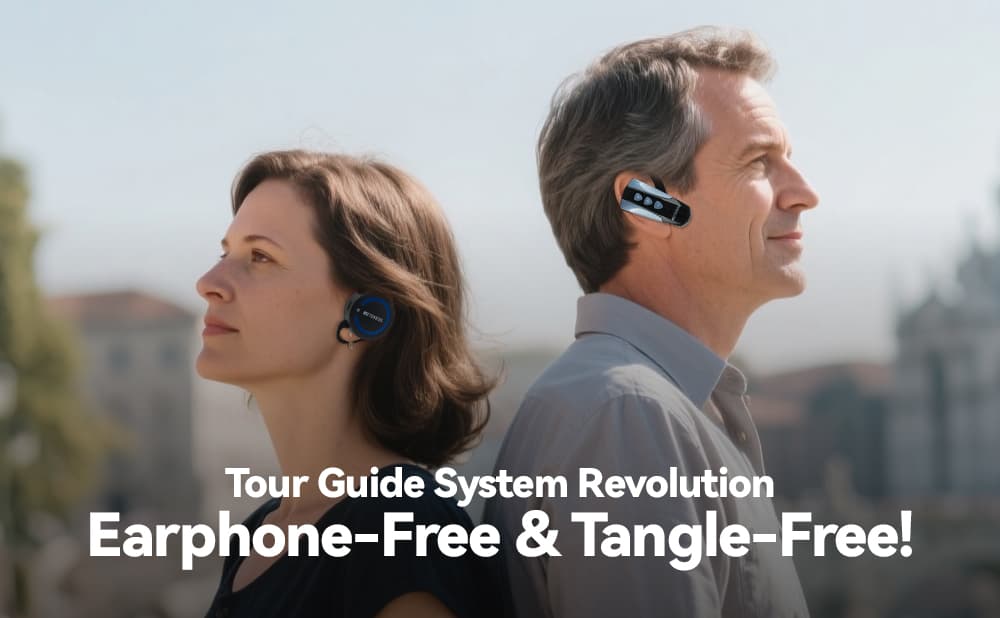
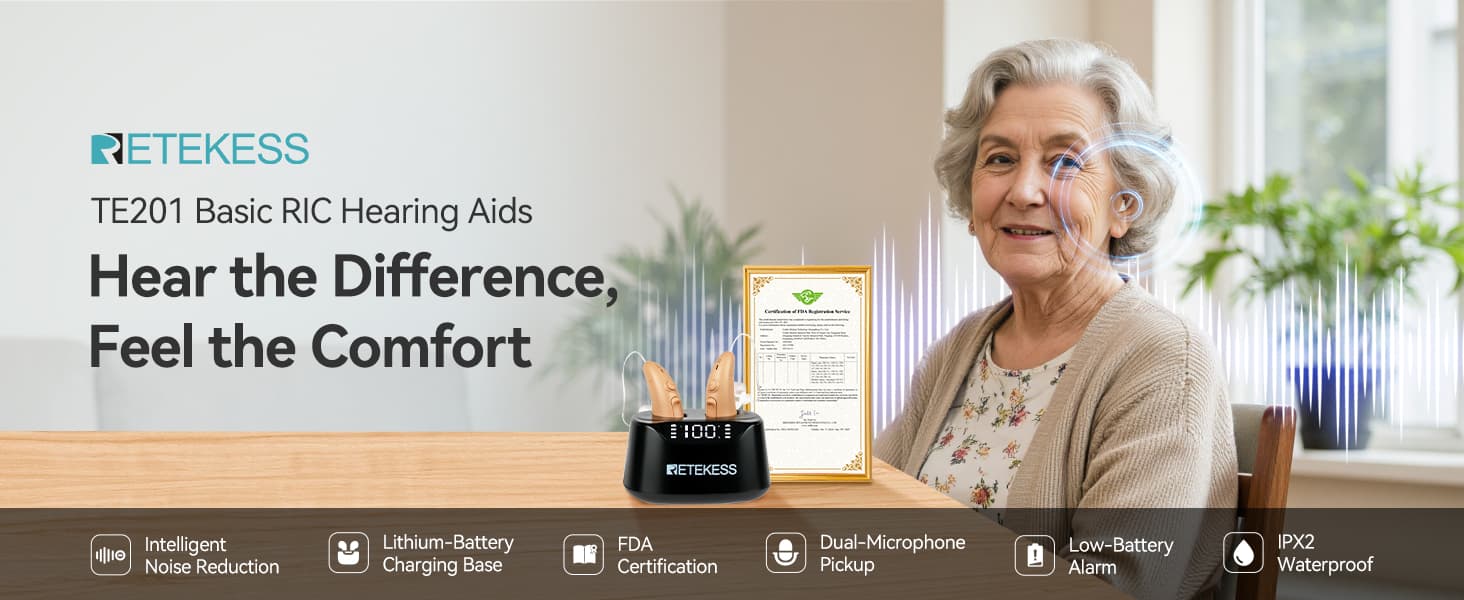
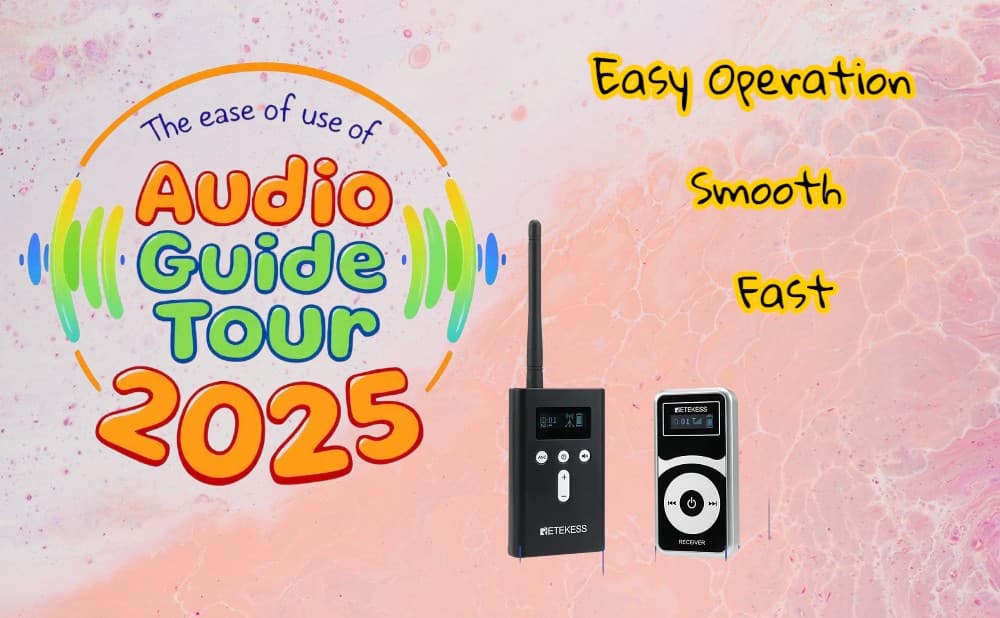
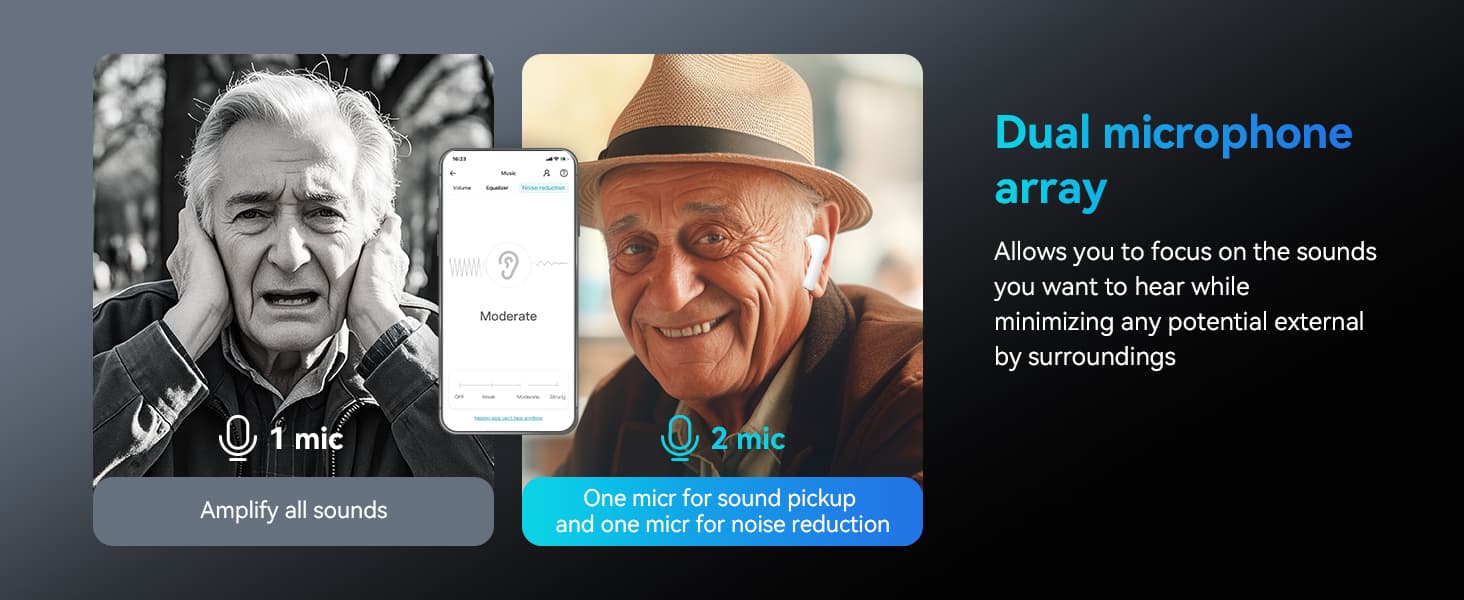
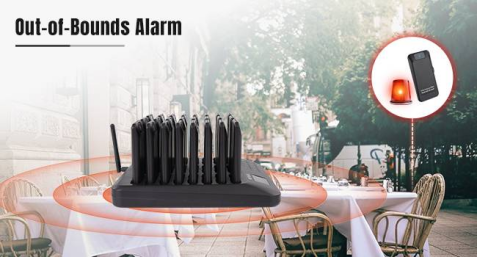

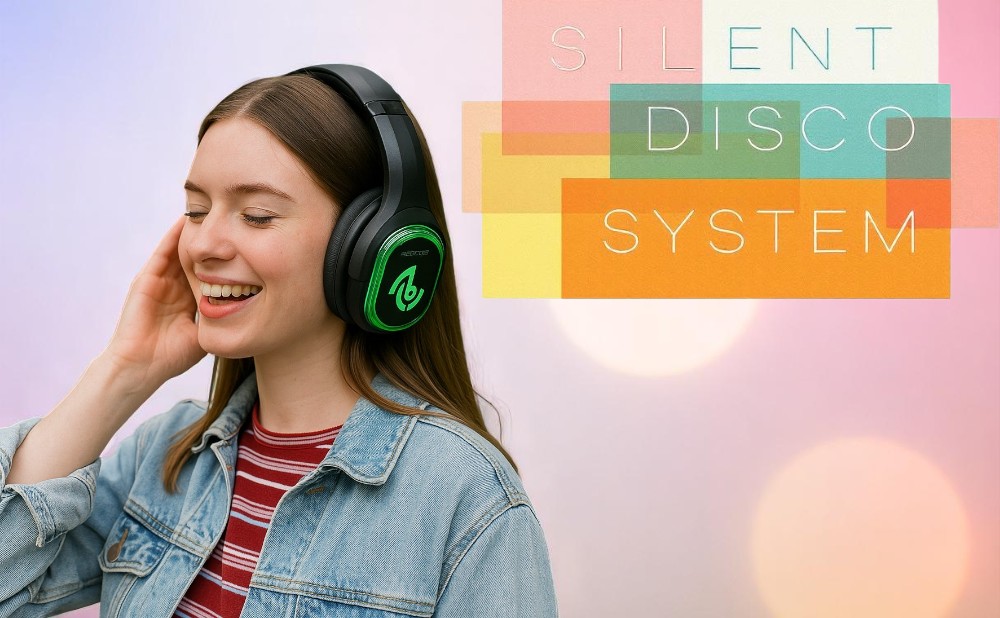

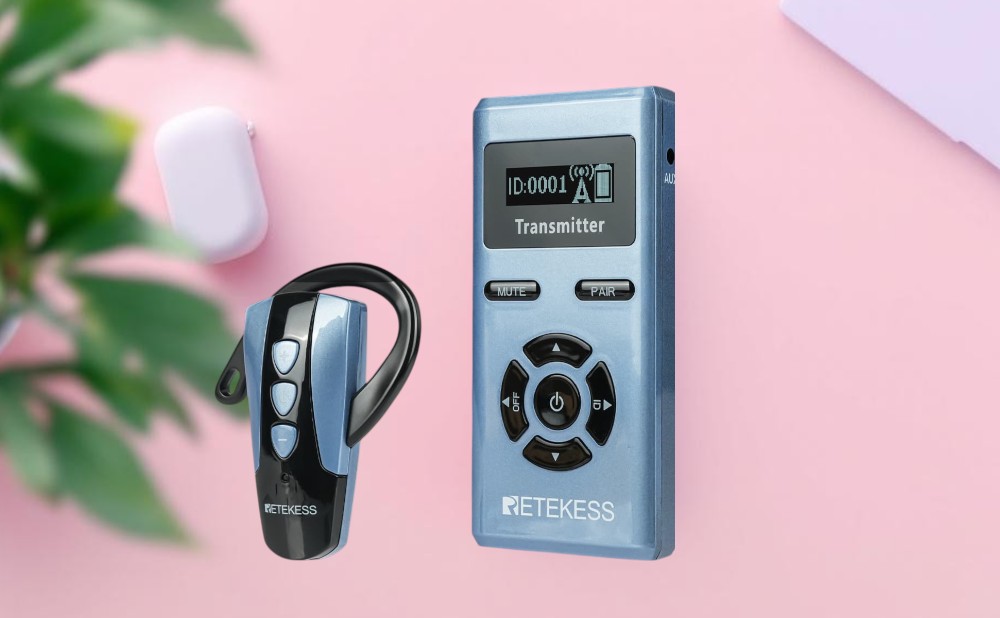
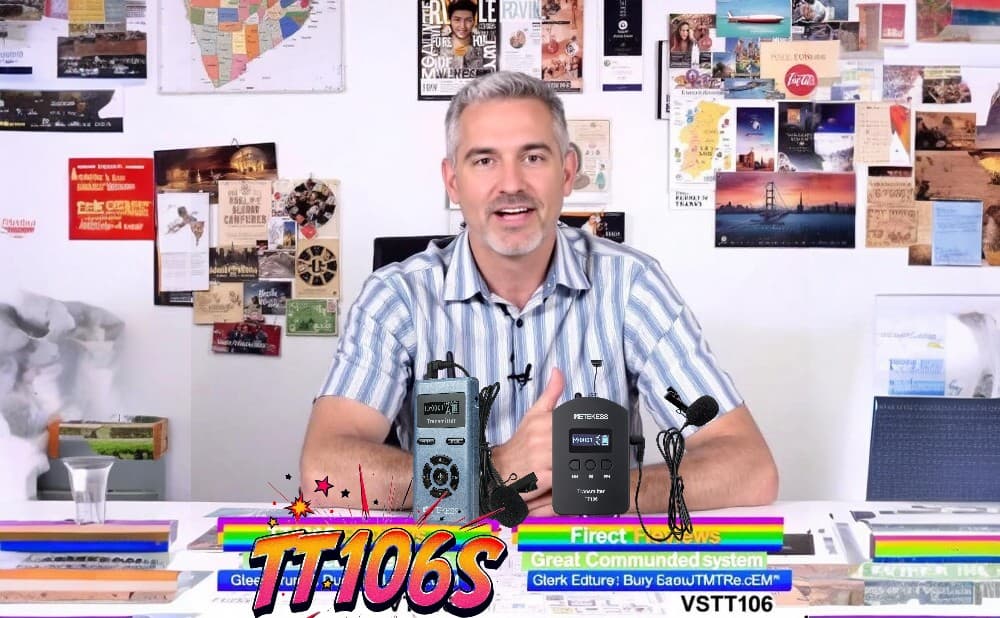




Comments (0)